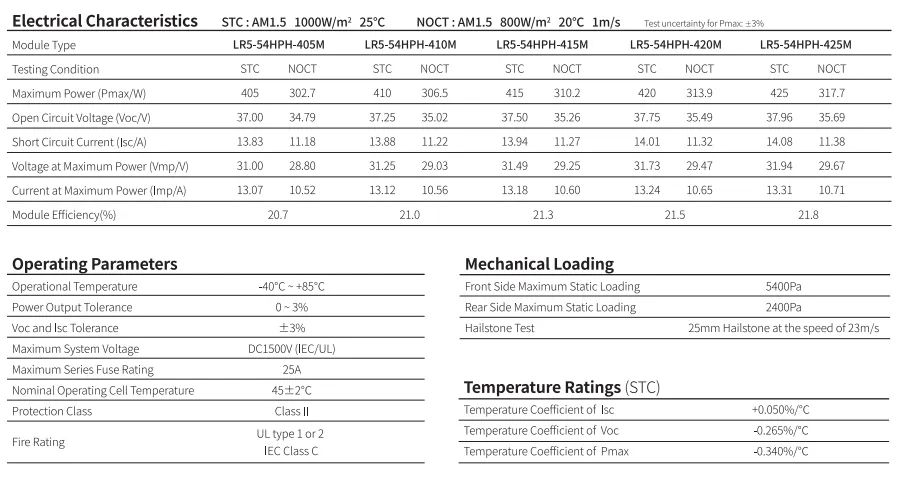installing solar panels yourself
Installing Solar Panels Yourself A Comprehensive Guide
As the world shifts toward renewable energy sources, solar power emerges as a popular choice for homeowners looking to reduce electricity bills and minimize their carbon footprint. While hiring professionals for solar panel installation is common, many are considering the DIY route. Installing solar panels yourself can be a rewarding and cost-effective project if you do it right. In this article, we will guide you through the steps for installing solar panels on your own.
Understanding the Basics
Before you dive into the installation process, it’s essential to understand what solar panels are and how they work. Solar panels, or photovoltaic (PV) panels, convert sunlight into electricity. They are made up of solar cells, which produce an electric current when exposed to sunlight. By harnessing this energy, homeowners can power their homes and reduce their reliance on grid electricity.
Assessing Your Roof
The first step in the DIY installation process is assessing whether your roof is suitable for solar panel installation. Ideal conditions include ample sunlight exposure (at least five hours of direct sunlight per day), a roof that is less than 30 degrees pitch, and no significant shading from trees or nearby buildings. Additionally, it's crucial to ensure that your roof is in good condition before mounting panels, as repairs can be difficult with panels installed.
Calculating Your Energy Needs
Next, determine your energy needs to understand how many solar panels you need. Review your past electricity bills to find your average monthly energy consumption in kilowatt-hours (kWh). A typical solar panel produces between 250 to 400 watts, so you can calculate the number of panels required based on your energy needs and the average production of the panels you plan to install.
Sourcing Your Materials
Once you have a clear understanding of the number of panels you need, start sourcing your materials. Most hardware stores and online retailers offer solar panels, inverters, mounting hardware, and wiring. Look for quality panels with warranties and ensure that the inverter is compatible with your solar panel selection. Remember to factor in additional components like battery storage if you plan to go off-grid or want backup power.
Planning the Layout
installing solar panels yourself

Before installation, it’s helpful to plan the layout of your solar panels. Map out where each panel will go on your roof, considering factors such as orientation (south-facing roofs receive the most sunlight), spacing, and accessibility for future maintenance. This planning phase will help ensure a more efficient installation process.
Installing the Solar Panels
1. Mounting the Hardware Begin by securing the mounting brackets to the roof. Ensure they are spaced appropriately to support your solar panels, and use a level to guarantee that each bracket is straight.
2. Attaching the Panels Once the brackets are securely in place, carefully attach the solar panels to the brackets using provided fasteners. Make sure they are snug but not overtightened, as this could damage the panels.
3. Wiring Connect the solar panels according to the instructions provided by the manufacturer. This typically involves connecting the panels in series or parallel and linking them to the inverter. Be mindful of safety precautions and local codes regarding electrical work.
4. Installing the Inverter Mount the inverter in a shaded location, preferably on an exterior wall. The inverter converts the DC electricity generated by the solar panels into AC electricity for use in your home.
Final Steps
Once everything is installed, it’s time to connect your system to the electrical grid (if applicable) and test it to ensure proper functionality. You may need to file permits or inspections depending on local regulations. Finally, monitor your system’s performance to ensure it operates efficiently.
Conclusion
Installing solar panels yourself can be a gratifying experience and a significant step toward energy independence. With careful planning and execution, you can successfully harness solar power and enjoy the benefits for years to come. However, if at any point you feel uncertain, it’s always best to consult with or hire a professional. Happy solar powering!
-
Unlocking Energy Freedom with the Off Grid Solar InverterNewsJun.06,2025
-
Unlock More Solar Power with a High-Efficiency Bifacial Solar PanelNewsJun.06,2025
-
Power Your Future with High-Efficiency Monocrystalline Solar PanelsNewsJun.06,2025
-
Next-Gen Solar Power Starts with Micro Solar InvertersNewsJun.06,2025
-
Harnessing Peak Efficiency with the On Grid Solar InverterNewsJun.06,2025
-
Discover Unmatched Efficiency with the Latest String Solar InverterNewsJun.06,2025







